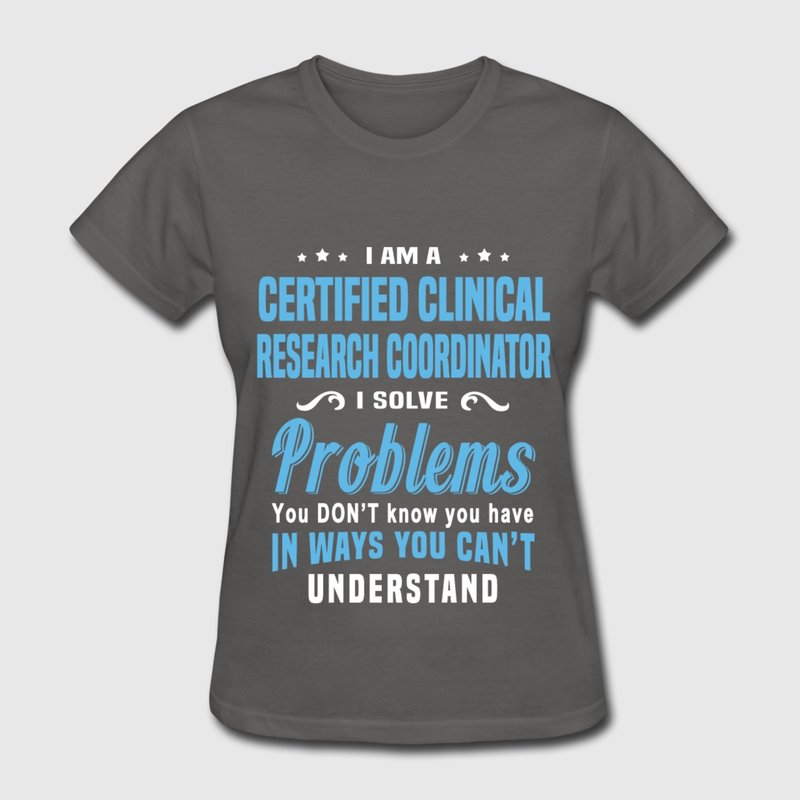The research is clear: certified principal investigators (CPIs) and clinical research coordinators (CRCs) do better work compared with their peers who hold no certification. Much better work, in fact.
That was the thrust of the DIA session Assessing the Impact of Credentialing on Clinical Trial Quality and Performance. It was led by Ken Getz, director of sponsored research programs and associate professor at Tufts Center for the Study of Drug Development, and included the Association for Clinical Research Professionals’ (ACRP) Beth Harper and WCG’s Suzanne Caruso.
“Variance is the enemy of good quality,” said Getz. “There are no real standards or competency requirements for becoming a PI or CRC so the potential for variance in performance is high.”
And the pool of PIs is not stable, which further contributes to the quality problem, he said. In addition, the lack of a structured career path for CRCs and high turnover rates compound the site quality problem, which has devastating consequences for trials, he added.
To offer proper training, ACRP created certification for CRCs, and later, PIs, but neither certification is required to work in the industry. There has historically been much better uptake of the certification for CRCs; about half of all CRCs maintain their certification, which requires that they obtain 24 hours of continuing education credits every two years. Among active PIs, though, as of 2017, only two percent of those working in the field had obtained certification.

Credentialing makes a huge difference in the quality of an investigator’s work.
WCG is working on a study on the topic. Though not complete, the data are already strong. According to Caruso, vice president of clinical solutions for WCG, the majority of ACRP-certified researchers have a low number of protocol deviations. In addition, she said, they have higher enrollment rates across currently active U.S. investigators in WCG’s investigator database, which includes 85 percent of all FDA-regulated investigators and across the company’s site performance data.
Others are studying this issue, too. ACRP has teamed up with the FDA to use FDA inspection outcomes to examine the difference in performance between PIs who have certification versus those who don’t. Thus far, it’s clear that ACRP-certified investigators and coordinators have higher randomization rates and lower numbers of protocol deviations, said Harper, ACRP’s workforce innovation officer. Final results of ACRP’s research on the topic are expected later this summer.
WCG and ACRP are building on research already done by J. M. Hausler in 2009 and David Vulcano in 2012. Hausler performed a retrospective analysis of four trials conducted by a specific sponsor (U.S. multi-center trials) that included 1,400 randomized subjects, which showed that the number of protocol deviations was significantly lower if a PI was certified, and if both a both PI and CRC were certified.
Vulcano — like ACRP is doing now — drilled down on whether there was a difference in FDA inspection outcomes between certified PIs (CPIs) and those who were not certified, and found that CPIs receive fewer for-cause audits, that CPIs are more likely to receive the most favorable outcome and that CPIs are less likely to receive the least favorable outcome.
Explained Harper, the CPI exam is a 100-question multiple-choice test focusing on PI essential duties. To be eligible to take the exam, PIs must have a doctoral degree, show proof of employment as a PI for two of the last five years, and perform all of the duties detailed in an ACRP list of typical PI tasks.
Other key data from the session:
- Fifty-five percent of the $13 billion the biopharma industry spends annually on clinical trials goes to part-time investigators, while 39 percent goes to academic medical centers and large health systems. Just six percent goes to dedicated sites and site networks.
- Out of 33,920 unique FDA-regulated investigators in 2015 (the most recent year when complete data are available), 64 percent, or 21,570, had only worked on one clinical trial. Turnover rate in this group was 49 percent. A quarter of those investigators had done two to three trials. Turnover in this group was 20 percent. Just seven percent (2,491 PIs) had done four to six trials (turnover in that group was five percent) and four percent of the 33,920 (1,213) had done seven or more trials. Among this group, the turnover rate was one percent.
- According to recent data from Tufts, the study initiation (identification through start-up) process takes 36.4 weeks for new sites and 26.2 weeks with repeat sites.
“Site performance is highly unpredictable and expected to be more volatile in the future given growing prevalence of rare and stratified diseases combined with a landscape characterized by fragmentation, low volume, inexperience and turnover,” said Getz, adding that meantime, a growing body of data demonstrates that credentialed site staff perform better in terms of both quality and efficiency measures.
